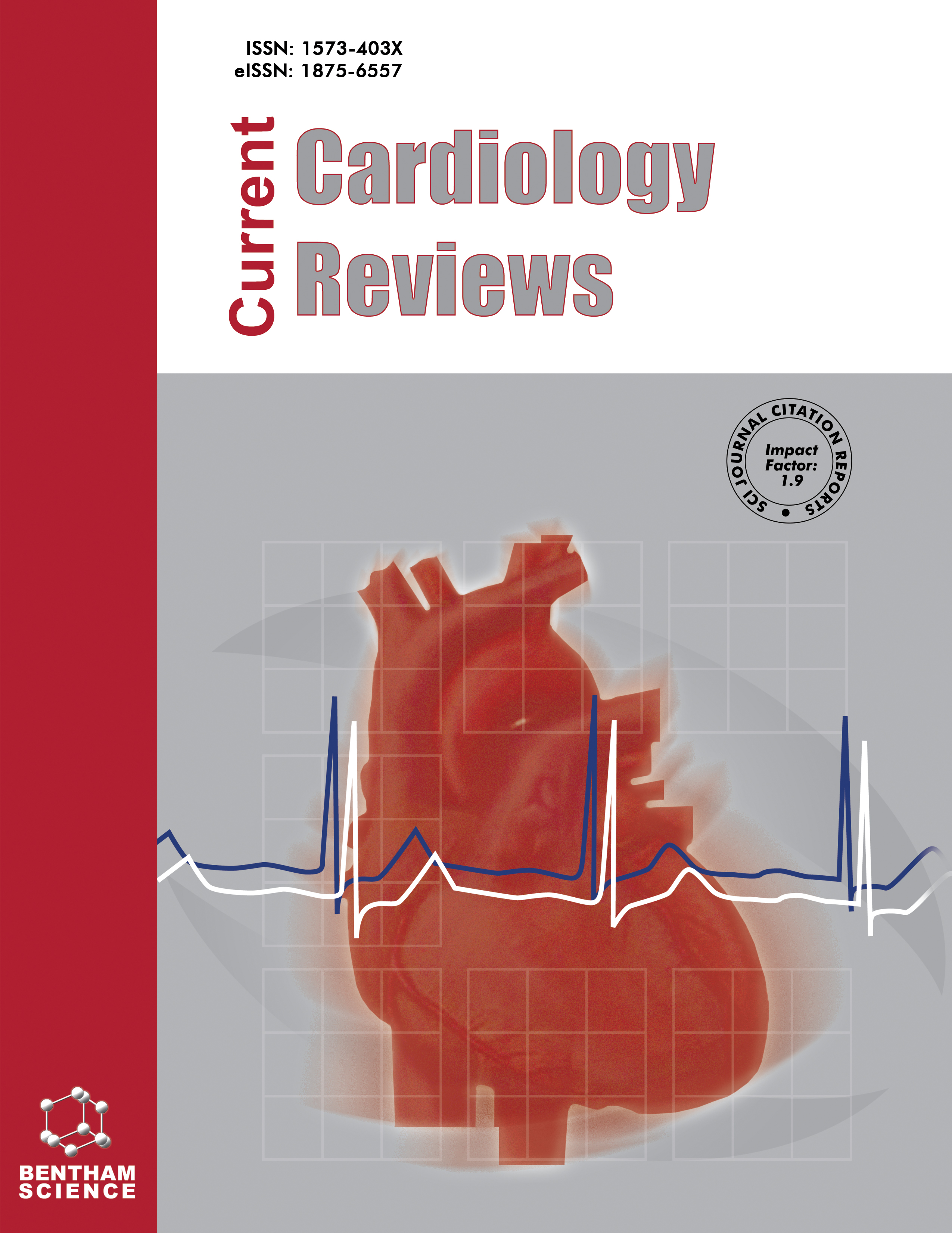
Full text loading...
We use cookies to track usage and preferences.I Understand
Fractional flow reserve computed tomography (FFRCT) is a novel imaging modality. It utilizes computational fluid dynamics analysis of coronary blood flow obtained from CCTA images to estimate the decrease in pressure across coronary stenosis during the maximum hyperemia.
The FFRCT can serve as a valuable tool in the assessment of coronary artery disease (CAD). This non-invasive option can be used as an alternative to the invasive fractional Flow Reserve (FFR) evaluation, which is presently considered the gold standard for evaluating the physiological significance of coronary stenoses. It can help in several clinical situations, including Assessment of Acute and stable chest pain, virtual planning for coronary stenting, and treatment decision-making.
Although FFRCT has demonstrated potential clinical applications as a non-invasive imaging technique, it is also crucial to acknowledge its limitations in clinical practice. As a result, it is imperative to meticulously evaluate the advantages and drawbacks of FFRCT individually and contemplate its application in combination with other diagnostic examinations and clinical data.

Article metrics loading...

Full text loading...
References


Data & Media loading...

